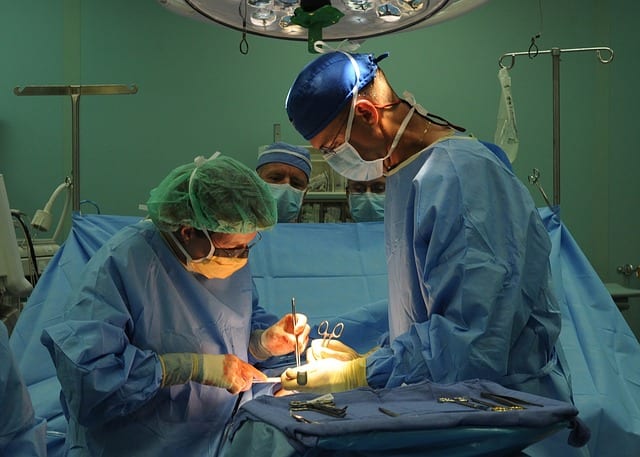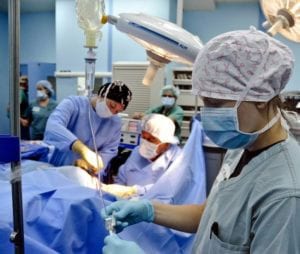Sometimes, different surgical techniques are required to operate on adults as opposed to children. For example, surgical revascularization is used to treat pediatric patients with Moyamoya disease – though it can also cause negative and adverse reactions, such as anterior cerebral territory ischemia. But how can this be treated? More complex procedures are not indicated for the treatment of pediatric patients. Techniques like burr holes, or holes a neurosurgeon creates in the skull to relieve brain pressure, are really only effective for infants. But according to Medical XPress, a research team from the Cerebrovascular Surgery and Interventions Center at Boston Children’s Hospital (“Boston Children’s”) has created a novel surgical approach that can be used to treat these pediatric patients: pail pericranial dural (PiPeD) revascularization.
Interested in learning more about PiPeD? Check out additional findings and insights in the Journal of Neurosurgery: Pediatrics.
PiPeD Revascularization
To begin, let’s break down some of the language from above. Anterior cerebral territory ischemia may also be known as an anterior cerebral artery (ACA) stroke. It occurs when there is inadequate blood supply which, according to Medscape, affects frontal lobe function. Patients having an ACA stroke may present with impaired judgment and coordination, muscle weakness that is worse in the legs, and urinary incontinence, among other signs.
However, the current standard of treatment is higher-risk for pediatric patients. Thus, researchers wanted to understand whether they could develop a novel and effective treatment technique to reduce or prevent ACA strokes in patients with Moyamoya. Through this, they developed pail pericranial dural (PiPeD) revascularization. In part, this technique is similar to pial synangiosis, which the Columbia University Irving Medical Center describes as a procedure which:
reroutes a section of artery that is normally connected to the scalp onto the surface of the brain. New blood vessels grow from this section of artery into the brain itself [to] provide a new source of blood for an ischemic area of the brain.
But PiPeD goes even further by allowing surgeons to use the pericranium and dura to provide the primary vascular supply. This overrides potential complications of pial synangiosis, such as inadequate blood vessel supplies. Additionally, PiPeD uses a larger craniotomy and is considered safer and more effective.
After evaluating data from 21 patients with Moyamoya disease who underwent PiPeD revascularization, researchers determined that:
- Patients receiving PiPeD did not have new strokes even if their Moyamoya disease showed progression.
- This procedure helped provide extreme, flexible, and beneficial revascularization.
- In a 2-year follow-up period, researchers found that engraftment occurred in 19 of the treated patients.
Moyamoya Disease
In Japanese, “Moyamoya” translates to “puff of smoke.” Thus, Moyamoya disease, a rare and progressive blood vessel disorder, is named for its characteristic appearance of clustered, tiny blood vessels. In patients with Moyamoya, the carotid artery in the skull narrows or becomes blocked. As a result, there is less blood flow to the brain. While doctors are not sure exactly what causes this disorder, some believe there is a genetic underpinning, especially as it disproportionately affects those of Asian heritage. Other risk factors include age (15 or younger), being female, having a family history of Moyamoya disease, or having sickle cell disease (SCD), neurofibromatosis type 1, or Down syndrome (among others). Symptoms include:
- Headache
- Stroke or recurrent transient ischemic attacks (TIAs)
- Hemorrhagic stroke (in adults)
- Epilepsy
- Developmental delays
- Aphasia (difficulty speaking or understanding others)
- Involuntary movements
- Visual disturbances
- Hemiparalysis (muscle weakness or paralysis on one side of the body)
- Fatigue or general malaise
Learn more about Moyamoya disease.







